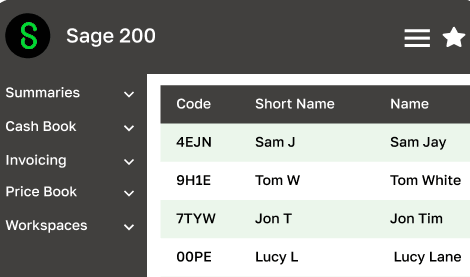There have been lots of changes regarding VAT for businesses this year, and in a recent blog we explained how eCommerce VAT in the EU has changed. Today we are going to look at how the changing VAT rules could impact the cashflow of businesses within the construction sector, many whom are covered by the Construction Industry Scheme (CIS). Construction software can be a huge help too, and we will explain all.
For a long time now, UK suppliers have accounted for their own VAT, using VAT payments from customers as a source of capital before sending funds to the HMRC. However, that has now changed and VAT cash no longer flows between VAT-registered businesses involved in the construction industry. Let’s have a look into this in further detail and how CIS software can help make things easier for you.
VAT Domestic Reverse Charge
On the 1st March 2021, the UK government rolled out a reverse charge initiative in order to counteract the millions of pounds a year caused by fraud within the construction industry. Fraudsters were regularly charging VAT, which would then go missing before paying their sums onto HMRC. This new regulation applies to suppliers of specified services, which are listed on the gov website. This change does also apply to goods as well, which are provided alongside services specified in the CIS.
As goods and services have both been included within this VAT change, more businesses are going to be affected than first thought. It is likely that most businesses directly affected will be those who supply services to main contractors, or operate through recruitment agencies.
How Does The Reverse Charge Work?
Put simply, suppliers are no longer required to charge or receive VAT from their main contractor customers. Instead, main contractors charge themselves VAT on subcontractors’ services. Then they pay the VAT directly to HMRC in their VAT returns, rather than paying it to the subcontractor themselves.
For impacted suppliers, subcontractors will be required to issue domestic reverse charge VAT invoices to main contractors. These invoices must clearly state that reverse VAT rules apply, and the customer must account for the VAT. These new arrangements only apply to:
- Individuals or businesses registered for VAT in the UK, that sell to other VAT-registered businesses.
- Entities that provide services specified under the CIS. This includes things like construction, renovation, painting & decorating, heating, ventilation and air conditioning.
Businesses that provide other support services such as surveying, architecture etc. do not need to worry about the new reverse charge. Can you now see why construction software in Yorkshire can help simplify all of this?!
What It Means For Contractors
Just to clarify, instead of paying suppliers for their services inclusive of VAT, you need to pay them exclusive of VAT and account for the proper VAT that would have been due (we would advise you to keep a record of this). The VAT registered subcontractor should send you a VAT invoice anyway, so it will be fairly easy to keep track of – just an extra job to do!
You then charge yourself for your subcontractors’ VAT at the appropriate rate, and recover it in your VAT return using reverse charge VAT rules.
What It Means For Subcontractors
To start with, you need to verify that the contractor is VAT registered. Once this is confirmed, then instead of charging customers VAT you need to issue VAT reverse charge invoices. You must be clear on these invoices and state that the services provided are subject to domestic reverse VAT rules.
You will therefore no longer receive VAT from customers to send to HMRC, and once you have issued a reverse charge VAT invoice the responsibility for this VAT falls with the contractor who receives your services.
We hope this has been helpful and explained in a bit more detail about how VAT reverse charges may affect your business. If you would like any further help with CIS software in Yorkshire, or construction software for your Hull or Yorkshire business, give us a call on 01482 828000.



